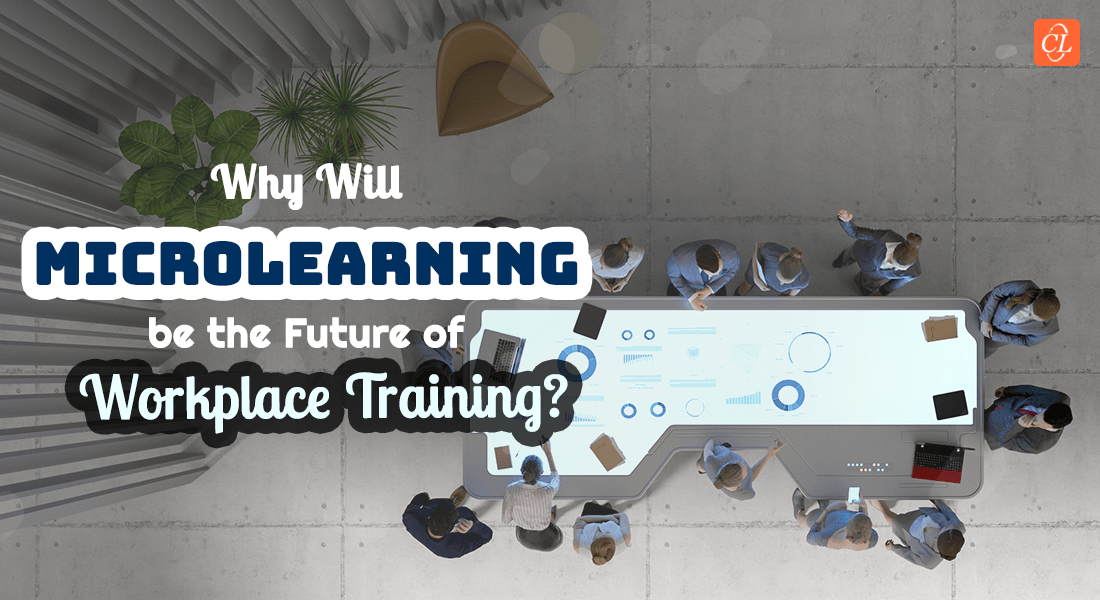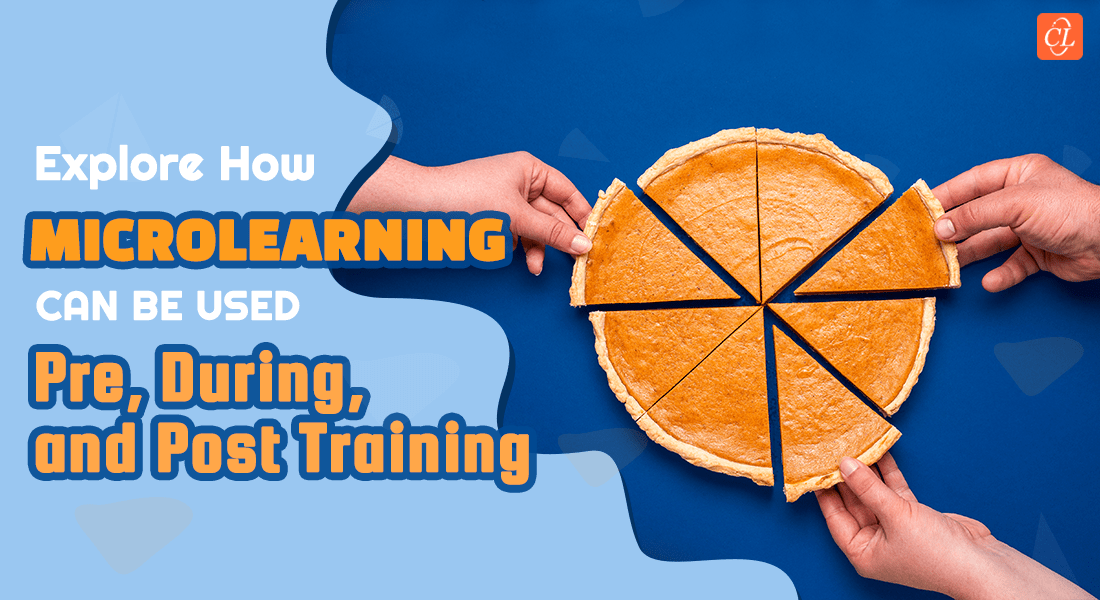Microlearning for Millennials: Training the Disruptive Workforce in Ways They Prefer

The millennial workforce has disrupted workplace dynamics. They tend to steer away from a transactional workplace to a transformative one, and look for work-life balance, attention to mental health, and improved technologies to work with. It is no longer about the monthly paycheck. What’s microlearning got to do with all this? Read on for the answers.
What is Significant about the Millennials?
The largest working generation at present, the Millennials are not just high in numbers but also in ambition. A key feature of Millennial employees is their high emphasis on growth and professional development.
However, as they tend to learn differently than the previous generations, it may be tricky to design new and competent L&D strategies for increased employee engagement. Let’s delve into this further.
A Different Learning Style
Millennials increasingly prefer training that is:
- Experiential – It is about creating an experience and not just a deck.
- Comprehensive yet quick – Functionality is a default, but too lengthy and complicated courses will not interest this generation.
- Collaborative – It is no longer just ‘learning from experts’ that seems exciting.
Getting started with microlearning? Explore the implementation roadmap!
Lengthy PowerPoint training sessions are a passé, and the demand for rapid and flexible training makes microlearning the perfect fit. As the name clearly suggests, microlearning imparts training in small, focused chunks.
Why Does Microlearning Work Best for the Millennials?
With eLearning taking the center stage for corporate training, new trends such as VILT, immersive learning, and microlearning are fast catching up to equip employees to deal with changes.
Microlearning and the Millennial Workforce
Millennials want resources that are:
- Quick to learn; easy to remember
- Relevant to their jobs
- Experiential; not restricted to traditional methods
Microlearning ticks all these boxes!
Among these contemporary methods, microlearning is emerging as the smartest choice for training the new-age workforce of Millennials. In times where multi-tasking is lauded, and productivity is worshipped, learners prefer training that leverages current skills without slogging for hours.
No wonder microlearning takes the cake with a host of benefits for both employees and the organization. Some of these include:
1. Bite-Sized Learning
Numerous things are fighting for the millennial employee’s attention in today’s hyperconnected world. Hence, the training they are to consume must be concise to avoid cognitive overload – it’s a known fact that our brains tend to discard information we don’t use or consider ‘essential’.
Microlearning with its size and accessibility, makes for great learning bites. You will find fewer excuses of “I don’t have any time!” for completing training.
2. Fluid and Flexible Learning
For the millennials, mobile phones are an indispensable part of life. It is therefore not a surprise that accessing courses on mobile platforms will boost engagement. Microlearning gives you the flexibility to develop modules that are compatible with mobile devices. This way, you get to design training programs that fit employees’ schedules without them having to stay at their desks.
3. Personalized Learning
Microlearning makes learning valuable by customizing lessons to suit learners’ ongoing requirements and specific roles. AI and machine learning have made learning a personalized experience with guidance that is not possible in the classroom.
4. Instant Feedback
Millennials thrive on feedback! Unlike physical training sessions, microlearning sessions provide instant feedback on quizzes and assessments, giving learners the room to correct mistakes or gaps. This way, young employees also feel assured that their training is acknowledged, and the organization values their efforts of self-development.
5. Higher Engagement
Microlearning is not unidirectional in terms of delivery. Courses are designed to be action-oriented, with real-time application wherever feasible. Microlearning modules can also include different formats such as infographics, scenarios, videos, games, and quizzes throughout the learning journey.
Interactive content along with the flexibility of learning anytime, anywhere motivates the Millennials to complete courses and apply the knowledge/skills immediately, back at work.
How to Make Microlearning Work for Millennials?
Microlearning may have umpteen benefits, but the real impact boils down to execution. With the Millennials, a few savvy elements can go a long way in increasing engagement and overall professional development.
1. Gamification
Microlearning incorporates game elements in corporate training. Elements such as reward points, badges, level-based quizzes, and comprehensive dashboards to view performance provide a major impetus to engagement and help retain knowledge for longer periods.
2. Microlearning Videos
From tutorials to coding lessons, the Millennials consume videos heavily. Reels, TikTok, YouTube are a few significant sources of edutainment. These videos can be standalone, or part of an extended blended learning program spread across a timeline.
A few creative examples include:
- Kinetic animations
- Animated whiteboards
- Micro lectures
- Refresher modules
3. Infographics
True to the popular saying, a picture is worth a thousand words. Beautifully designed infographics are another popular microlearning format that make learning and sharing among peers easy. An extensive set of information can be compressed into infographics to present information including:
- Processes
- Timelines
- Dos and don’ts
It’s a Wrap
Microlearning is designed to cater to the needs of the Millennial employees. With device autonomy and the independence to take courses from any location, employees can revisit learning modules frequently, on-demand. Microlearning empowers learners with new knowledge/skills delivered via highly engaging channels.






